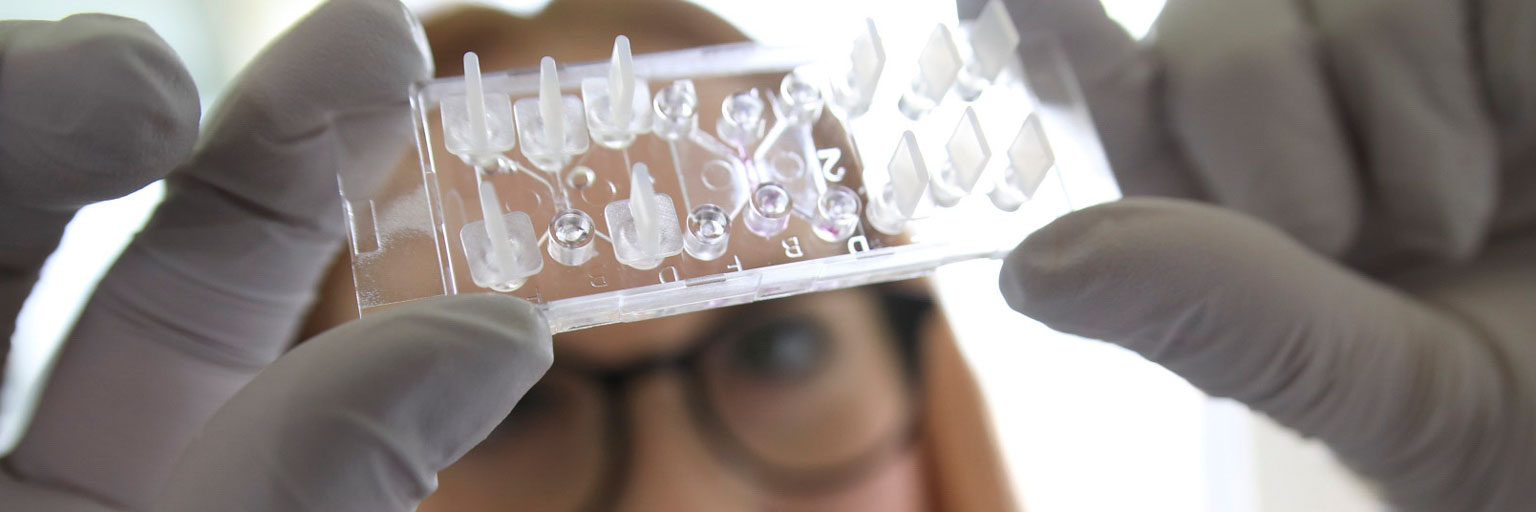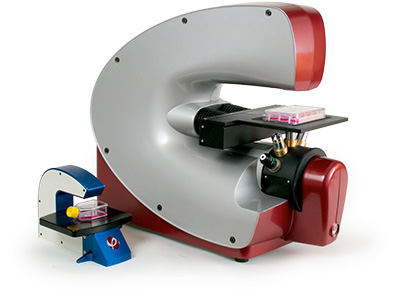
Background
Development of a successful product line
After successful collaboration between the Competence Center for Circuit Design (CCCD) at Lund University and PHI’s founders resulting in M1, the first prototype of the HoloMonitor product line, PHI was founded in 2004.
PHI’s first commercial product, the HoloMonitor M3, was launched on the international market in 2011. The HoloMonitor M3 (red and grey instrument in the photo below) is a bench-top time-lapse cytometer equipped with a motorized stage and variable magnification. In the same year, PHI received a governmental grant from Vinnova to develop the fourth HoloMonitor generation.
Time-lapse Analysis of Living Cells in the Incubator
As a result, PHI’s second product, the HoloMonitor M4 (blue and white instrument in the photo), was internationally launched in early 2013. The HoloMonitor M4 allows for the time-lapse analysis of living cells directly in the cell incubator in which they are being cultured.
Today, HoloMonitor systems are in operation in Europe, North America, Asia, and Australia. The versatile applications and benefits using HoloMonitor have been described in more than 200 peer-reviewed scientific publications.

Conventional Methods are destructive
Modern drug research is based on experiments performed on cultured cells. Living cells are translucent and therefore difficult to see in an ordinary light microscope without stains or labels. Many of the methods used to visualize cells are destructive. This means that life’s smallest building block – the cell – is generally studied only when it is dead.
The concept of holographic microscopy
PHI’s time-lapse cytometers are designed to non-invasively explore the kinetics of cellular responses, rather than just providing snapshots the way traditional endpoint assays do. PHI’s time-lapse cytometers are based on a novel technology – holographic microscopy – that automatically analyzes living cells in ways not previously possible.
PHI has been granted over 10 patents and has a portfolio of further applications in the pipeline. This new digital capability will fundamentally change light microscopy and thus humanity’s ability to observe living cells.
The HoloMonitor has reduced the time to collect 3D images with high resolution from days to a few minutes. It has accelerated our research, allowing us to perform projects we could only dream about in the past.
Prof. Yunping Dai
China Agricultural University